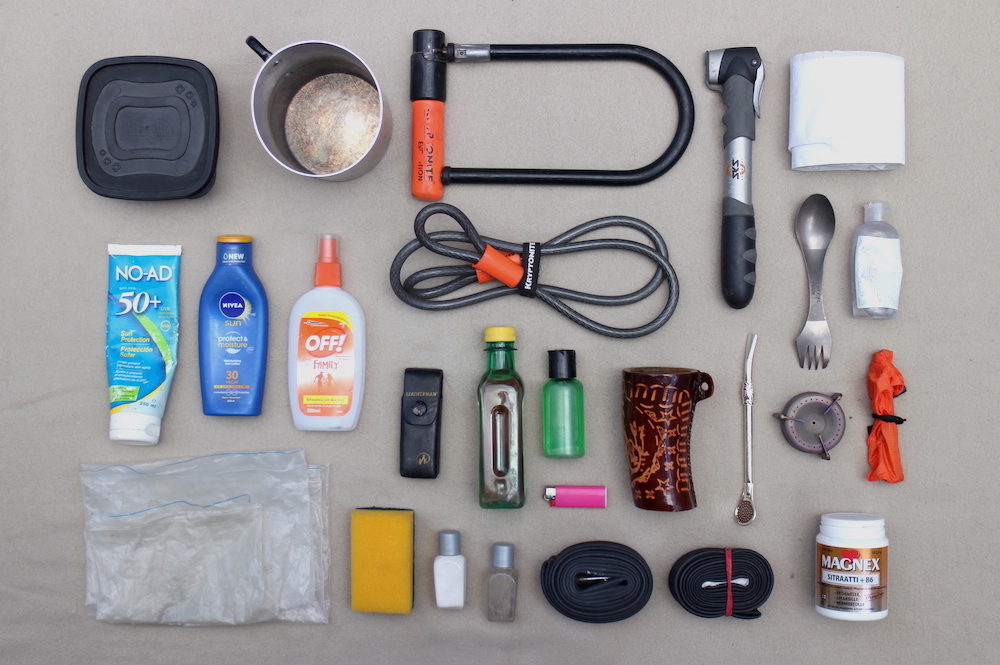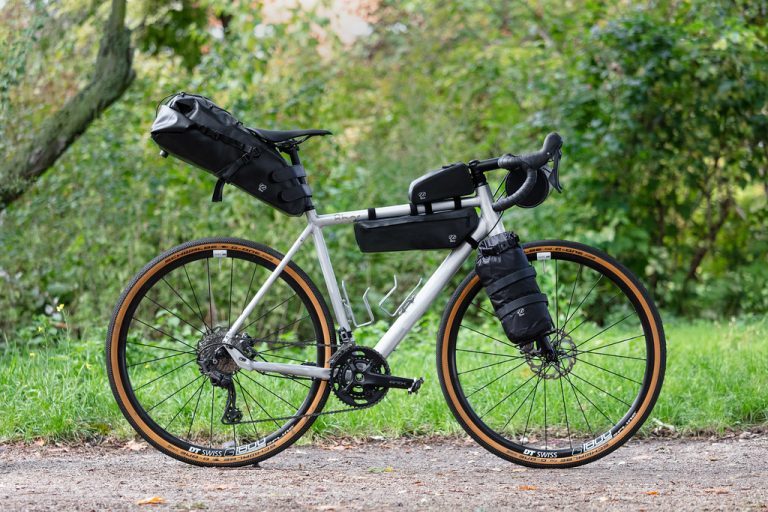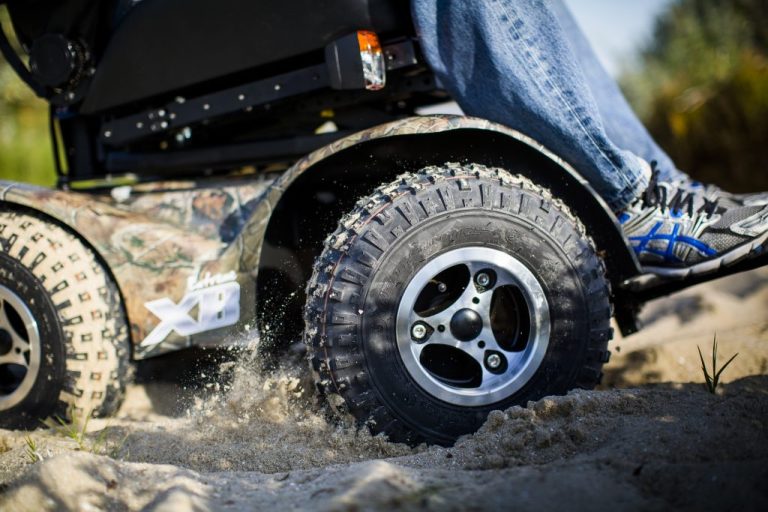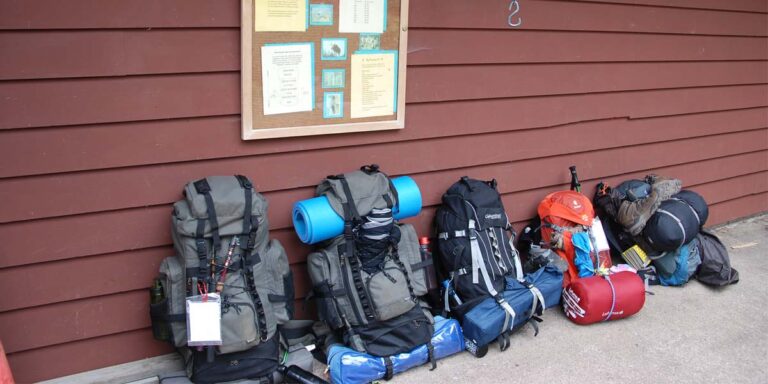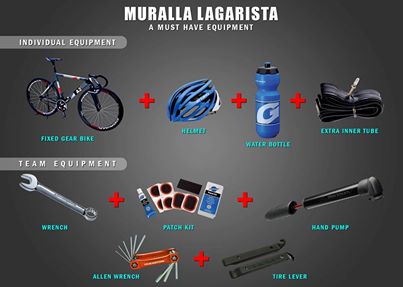# Winter Gear for Long-Distance Cycling: The Ultimate Guide for Cyclists
Introduction
When winter arrives, many cyclists face the dilemma of either putting their bikes away or braving the chilly weather. Long-distance cycling during winter is not only a test of stamina but also a testament to resilience against the cold elements. Investing in proper winter gear for long-distance cycling is crucial to ensure comfort, safety, and performance. In this article, we’ll delve into the world of winter cycling clothing, exploring everything from thermal jackets to windproof gear, maintaining the balance between warmth and flexibility. This is not just about comfort—proper gear enhances cycling performance and prolongs the cycling season even in challenging weather conditions.
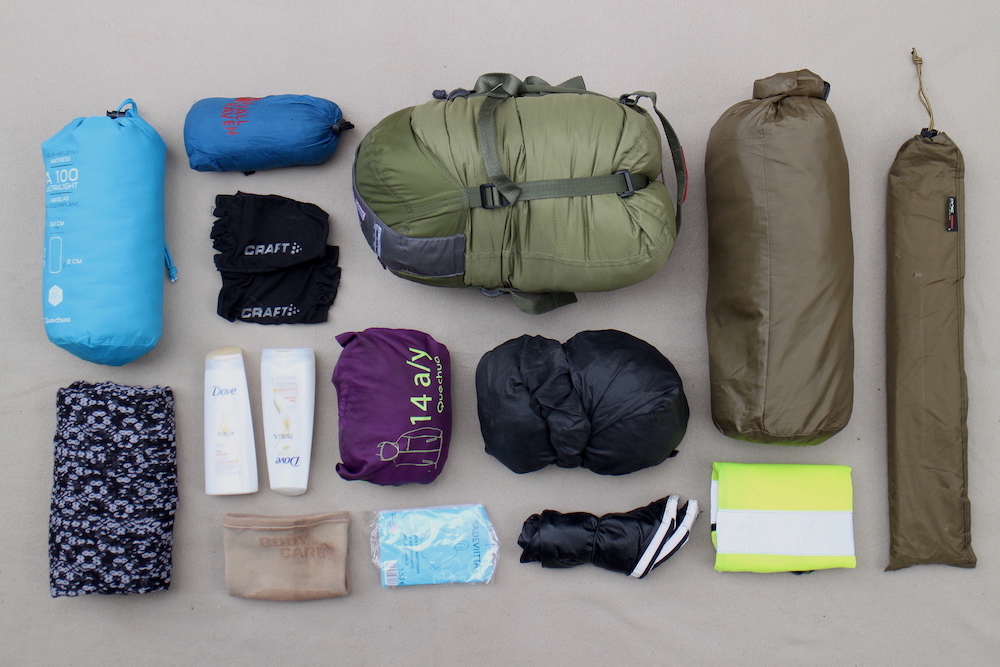
Winter Cycling Clothing Essentials
As temperatures begin to drop, it becomes essential to outfit yourself with specialized winter cycling clothing. Let’s explore what this entails:
Thermal Cycling Jacket
A thermal cycling jacket is paramount for winter rides. Designed to trap body heat while allowing moisture to escape, these jackets maintain a cyclist’s body temperature without causing overheating. Look for jackets with sufficient insulation, ventilation options, and reflective features for added visibility during gloomy winter days.
Insulated Cycling Tights
Insulated cycling tights serve as a perfect barrier against the biting cold. These tights are often made with fleece-lined fabric to provide warmth while maintaining flexibility. They should be snugly fitted to prevent heat loss, ensuring that your lower body muscles remain warm and injury-free.
Waterproof Cycling Gloves
Protecting your hands with waterproof cycling gloves is crucial for warmth and safety. Cold, numb fingers can make handling your bike challenging. Choose gloves that offer excellent grip, breathability, and flexibility, such as those lined with Gore-Tex material, providing a balance between water resistance and comfort.
Windproof Cycling Gear
Windproof clothing acts as a shield against icy winds that can quickly sap your body heat. Invest in tops and bib shorts made from wind-resistant materials to keep the chill at bay. This gear ensures that you’ll maintain both warmth and aerodynamics throughout your ride.
Accessories to Consider
Beyond clothing, specific accessories can enhance your winter cycling experience:
Cycling Shoe Covers and Thermal Cycling Socks
To guard against cold feet, utilize cycling shoe covers and thermal cycling socks. Shoe covers, also known as overboots, protect against wind and rain, while thermal socks provide a necessary layer of warmth. The combination helps prevent frostbite and discomfort during long rides.
Neck Warmer for Cycling
A neck warmer, or a gaiter, is a versatile piece of gear that can be adjusted to cover your neck, face, and even ears. It’s crucial for retaining heat and blocking out cold air that tries to sneak into your jacket’s collar.
Winter Cycling Cap and Cycling Balaclava
Winter caps and balaclavas provide essential insulation for your head and face. Keeping these areas warm is vital since a significant amount of body heat escapes from your head. Choose options that fit comfortably under your helmet without restricting movement.
Heated Cycling Apparel
For those who cycle in extreme conditions, heated cycling apparel can be a game-changer. These garments often incorporate battery-powered heating elements across critical areas like the chest and back, providing consistent warmth and comfort.
Winter Cycling Safety Tips
Long-distance cycling during winter requires heightened attention to safety. Use reflective cycling gear and lights to ensure maximum visibility to other road users. Remember to check your bike’s condition regularly as part of your winter bike maintenance routine—cold weather can affect tire pressure and battery life in electronic components.
Here are a few safety tips to keep in mind:
Winter Cycling Visibility Gear
Invest in high-quality lights and reflectors to enhance visibility. Reflective vests, bands, and stickers are not only practical but potentially life-saving in low-light conditions.
Cold Weather Hydration Packs
Staying hydrated is still crucial, even in winter. Use insulated hydration packs or bottles to prevent freezing, ensuring you have easy access to fluids during your ride.
Wind-Resistant Cycling Clothing
Wind-resistant materials help maintain warmth and prevent the windchill factor from degrading your body temperature. Ensure your gear incorporates materials like fleece and polyester, known for wind resistance.
Training Techniques and Performance Enhancements
Performance isn’t solely reliant on gear. Implementing key training techniques can further improve your Cycling Endurance and resilience.
Training Techniques for Cyclists
Engage in regular endurance training to enhance your cycling stamina. Incorporate interval training, power-based training, and hill repeats to build strength and cardiovascular fitness. Consider indoor cycling sessions when weather conditions are too harsh, ensuring consistency in training.
Best Nutrition Practices for Cyclists
Fuel your body adequately for long rides. Prioritize complex carbohydrates for sustained energy release, proteins for muscle repair, and fats for energy reserves. Hydrate well and consider warm fluids to prevent cold weather dehydration.
How to Choose the Right Cycling Gear
Choosing the right gear involves balancing protection, performance, and comfort. Look for gear that is breathable, adjustable, and includes moisture-wicking cycling layers to keep dry during intense rides.
Data, Metrics, and Studies
When it comes to improving cycling performance, data and metrics play a crucial role. Tracking metrics like VO2 max improvements and benefits of using power meters can offer insights into progress and areas needing improvement. Studies show cyclists who engage with performance tracking can experience significant gains in endurance and efficiency.
User Intent and Benefits
Cyclists explore winter gear to enhance endurance, improve safety, and optimize performance. By adopting the right gear and techniques, beginners can comfortably adapt to cold conditions, while experienced cyclists can push their limits further. Using winter gear provides functional benefits such as maintaining core temperature, preventing injuries, and enhancing visibility, ultimately contributing to a safer and more efficient ride.

Conclusion
By investing in winter gear for long-distance cycling, you equip yourself to tackle the coldest of rides, maintaining performance and maximizing comfort. The right gear, combined with strategic training and nutrition, transforms winter cycling into an achievable, enjoyable ambition. Gear up and embrace winter rides with confidence. Share your experiences and insights in the comments below, and let us know how winter cycling gear has enhanced your rides.
FAQ Section
1. What is the best way to layer for winter cycling?
For winter cycling, start with a thermal base layer, add insulated middle layers, and finish with a windproof outer shell. Layering ensures warmth while allowing for flexibility.
2. How can I ensure my bike is winter-ready?
Regularly perform winter bike maintenance, including tire checks, brake inspections, and lubrication of moving parts. Protective fenders can help keep your bike clean and functional.
3. Are there specific shoes for winter cycling?
Yes, winter cycling shoes offer insulation and water resistance. Consider adding shoe covers for additional protection against cold and wet conditions.
4. How important is visibility during winter rides?
Visibility is crucial due to shorter daylight hours and increased likelihood of fog or snow. Equip your bike and gear with lights and reflective elements.
5. Why is hydration important during winter cycling?
Hydration supports muscle function and temperature regulation. Despite cold temperatures, cyclists still sweat and lose fluids, making hydration essential for performance.
By integrating these insights and gear recommendations, your winter cycling journeys will not only be warmer but also safer and more enjoyable. Embrace the season’s challenges and relish in the exhilaration of cycling through winter landscapes.
